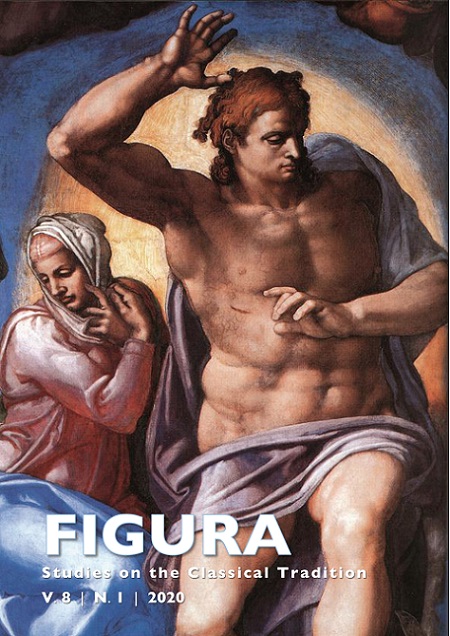Abstract
This paper centres on Leonardo’s studies of perpetual motion. It sets a context for his interest in the subject, from his early Florentine years to his mature period Sforza Milan and the Florentine Republic, exploring links with his all-encompassing interest in motion, from geometry and mechanical motion to the flight of birds and human movement. It then focuses on crucial examples of his perpetual motion drawings in the Codex Atlanticus and Codex Forster, unveiling unexpected similarities with key artistic drawings in graphic techniques, work method and thinking process.
References
-
Downloads
Download data is not yet available.

